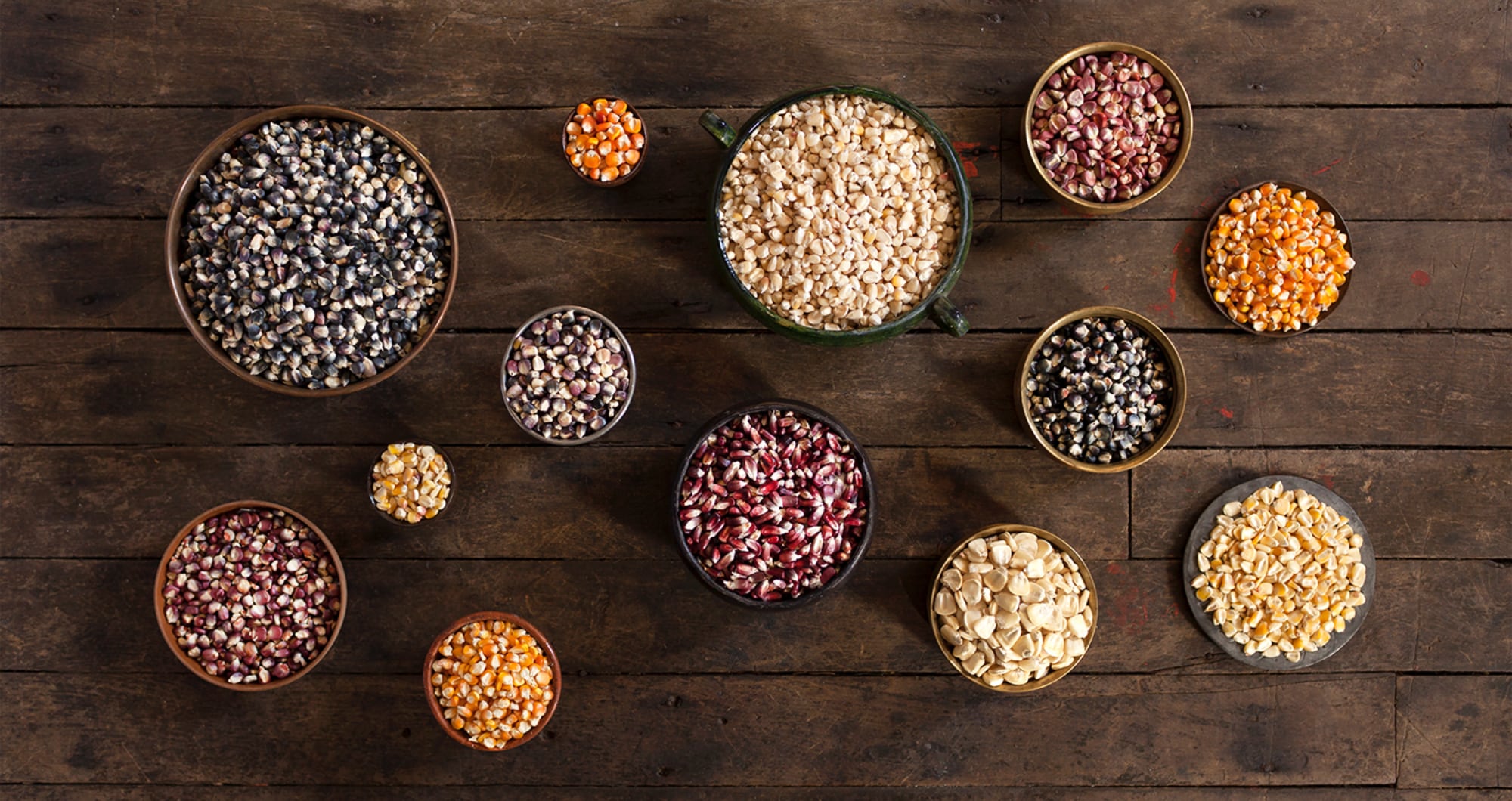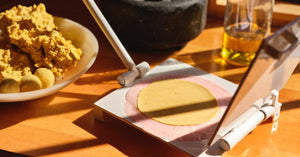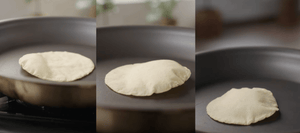Whether you’re just starting out on a kernel-to-masa journey or you’re a seasoned pro, you may from time to time need some nixtamal troubleshooting. Worry not — we’re here to help. In addition to the series of masa tutorials on YouTube, our in-house Molinito Maestro, Manny, is a font of knowledge when it comes to not just Molinito, our tabletop mill, but the entire nixtamal process. He was kind enough to put together this glossary of terms that defines key vocabulary words specific to the world of nixtamalización — or nixtamalization — that you can consult as you go. And if you're looking for a deeper dive, check out the book, MASA: Techniques, Recipes & Reflections on a timeless staple.
But first: What is nixtamalization?
Well, for starters, it’s one of humankind’s greatest achievements ever, right up there alongside electricity and the wheel. Without it, there is no masa, the foundation upon which civilization in Mesoamerica thrived for centuries and the backbone Mexican cuisine (among others) today. Nixtamalization refers to the process of cooking and steeping corn in an alkaline solution (typically water with slaked lime), creating a reaction that softens the corn, imparts calcium and activates the essential amino acids and vitamin B3, known as niacin, found naturally in each kernel. It's like...magic. You see, without nixtamalization, dried field corn on its own lacks significant nutritional value and isn’t that versatile. When 18th century colonizers brought corn from the Americas across the Atlantic, the recipe for nixtamal was lost and as a result, a niacin deficiency disease called pellagra became rampant. But nixtamalization isn’t just about nutrition; the process of cooking and soaking the corn creates incomparable flavor, texture and aroma.
Now, without further ado, the ABCs of Nixtamal…
Alkaline: Having a pH greater than 7 (cue flashback memories of chemistry class). In the case of nixtamal, dried corn kernels are cooked and steeped (6-12 hours) in an alkaline solution, most commonly calcium hydroxide (cal or lime) and water. The amount of cal used can affect the total pH of the alkaline solution, and thus affect the overall texture and color of your finished nixtamal. (e.g. Too much cal can turn your blue corn a greenish color.)
Activation: The process of nixtamalization activates the corn’s niacin (vitamin B3), facilitates the removal of the corn’s pericarp, helps release the corn’s natural carotenoids, thereby imparting a yellow color almost immediately, and helps gelatinize the corn’s starches to help give the finished masa its flexibility.
Aroma: The scent your nose perceives while cooking nixtamal is that of corn in its purest form. However, once you grind the nixtamal into masa for tortillas, the aroma may develop into more complex fragrances as the tortillas cook on a comal. For example, a Purple Cónico tortilla provides a distinct brown butter aroma after cooking that might have you questioning everything you knew a tortilla to be.






All Comments
This is a great site, with so much valuable information. I’ve been searching the internet for the answer to whether or not I can use the corn that I nixtamalized but the skin did not rub off. This article is perfect, and then some. Thanks a lot!
Thankyou so much, I learned a lot and really enjoyed reading. 😀